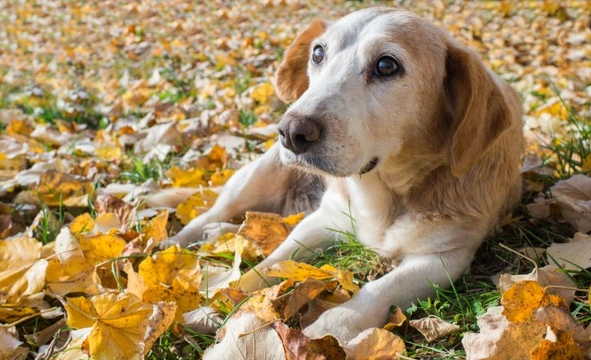
Transitional cell carcinoma in the dog
Transitional cell carcinoma (TCC) is also sometimes referred to as urothelial cell carcinoma (UCC) and is a type of cancer that affects the urinary system of the body, such as the urinary bladder and kidneys, as well as other related organs. In humans, TCC is the most common type of cancer of the bladder, but the condition can also affect dogs as well, most commonly diagnosed in female dogs as opposed to males.
Transitional cell carcinoma is a fast growing, aggressive and very malignant form of cancer that develops in the lining of the urinary tract, called the intermediary epithelium. In the dog, it can grow to affect the urethra, prostate and vagina, as well as the ureters, urinary bladder and the kidney. While transitional cell carcinoma’s causes can of course be widely varied, there is a definite link between development of this type of cancer and common flea treatment agents that contain organophosphates, carbamate and cyclophosphamide.
In this article, we will look at transitional cell carcinoma in the dog in more detail, how it is diagnosed, and what can be done to treat it. Read on to learn more.
The symptoms of transitional cell carcinoma in dogs
First of all, this condition is not a breed-specific issue, and as such, there are no breeds at higher risk of the condition than others, nor any that are classed as immune to the condition. Female dogs tend to be affected by the condition more commonly than males, although males can develop the condition too.
The most common symptoms of transitional cell carcinoma in the dog are generally related to urination, and can include:
- Difficulty urinating, known as dysuria, over a period of time.
- Urinary incontinence, such as when a housetrained dog begins to urinate inside, or cannot make it outside in time.
- Blood present within the urine.
- Straining to urinate, or apparent pain when urinating.
- Repeatedly urinating small amounts rather than toileting normally.
Diagnosing transitional cell carcinoma in dogs
If you suspect that something is amiss with your dog, it is vitally important to take them along to the vet as soon as possible, as early diagnosis and treatment greatly improves the chances of survival.
Your vet will perform a physical examination of your dog, taking into account their prior health history, and the information that you provide to them about your dog’s symptoms. If your vet suspects TCC, they will also need to take a blood sample and a urine sample, and run urinalysis, an electrolyte panel and a complete blood workup for your dog, as well as other blood and urine based tests.
Because TCC is malignant and relatively fast spreading, your vet will need to make a thorough examination of the urinary tract, kidneys and bladder, and may also order chest and abdomen x-rays too. Contrast dye techniques may be used along with radiography, in order to check the function of the major organs.
Once a cancerous mass has been found and identified within the body, your vet will need to take a biopsy of the mass to confirm the diagnosis of transitional cell carcinoma. This can be done by means of a cystoscopy, exploratory laparotomy or by catheterising the mass or masses present.
Treating and managing transitional cell carcinoma
Transitional cell carcinoma is an aggressive and nasty cancer, and the prognosis for any affected dog will greatly depend on a wide range of factors, including the age and general health of the dog, the location of the mass or masses, and how fast the cancer is spreading. Surgery may be used to remove the mass or masses, however, TCC is tricky, and there are various reports of surgical intervention actually causing the cancer to spread more widely within the body.
If surgery is indicated, this is often accompanied by radiotherapy to reduce the size of the masses, and limit or slow their spread throughout the body. Radiotherapy is preferable to chemotherapy for this type of cancer, as it is more accurate and controllable for localised masses.
In some cases, a bladder tube may be inserted in order to prevent the urethra from becoming blocked with a mass, which can prolong the dog’s life. Urinary tract infections commonly accompany TCC, and so antibiotic treatment may also be prescribed in order to manage this secondary complication.
Treatment and management of TCC can be both costly and complicated, and it is one of the hardest cancers to completely eradicate or keep from spreading. In many cases, it is impossible to fully eradicate the cancer, so many treatment protocols will simply involve limiting and reducing the masses and minimising their spreading, while keeping the dog comfortable and in otherwise good health so that they can enjoy the remainder of their life with a reasonably good quality of life.



